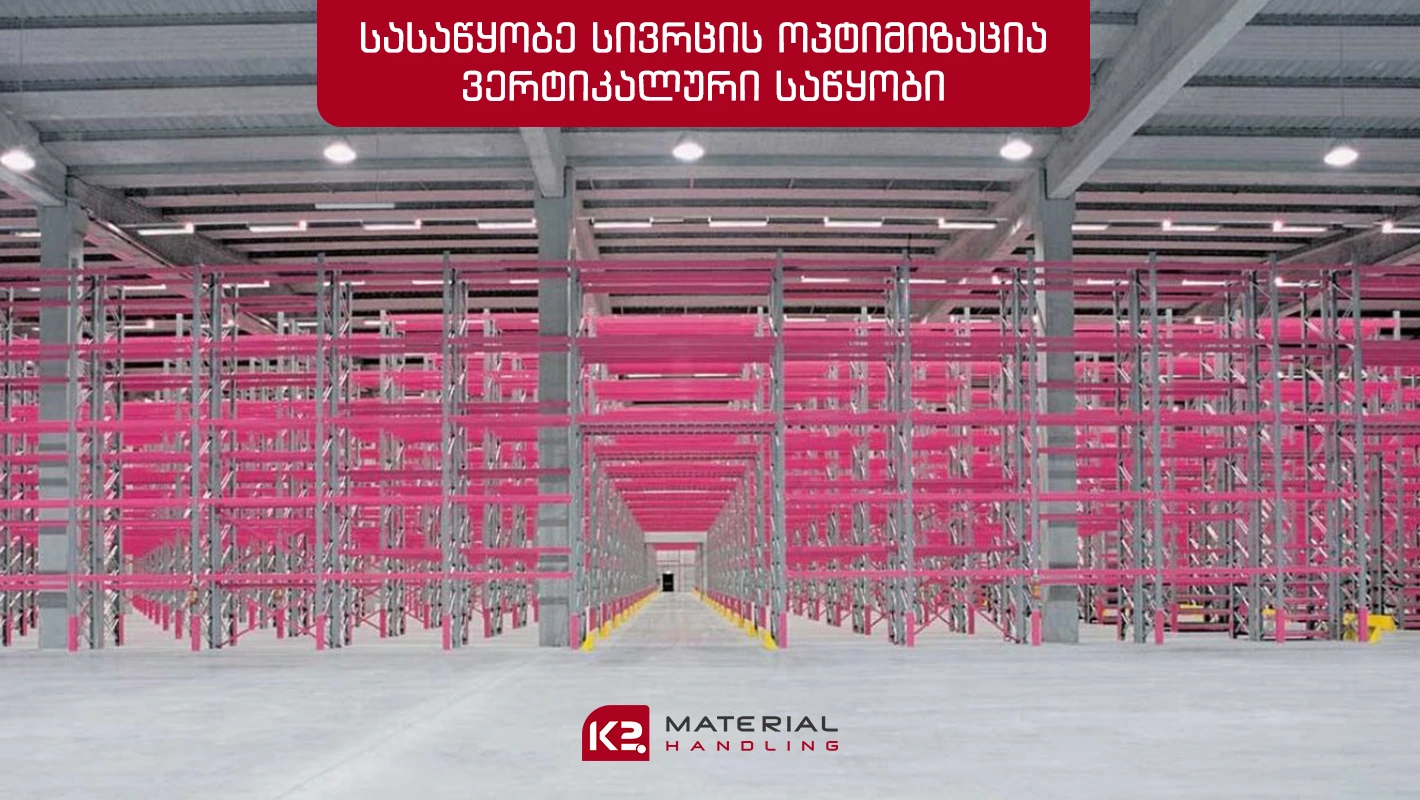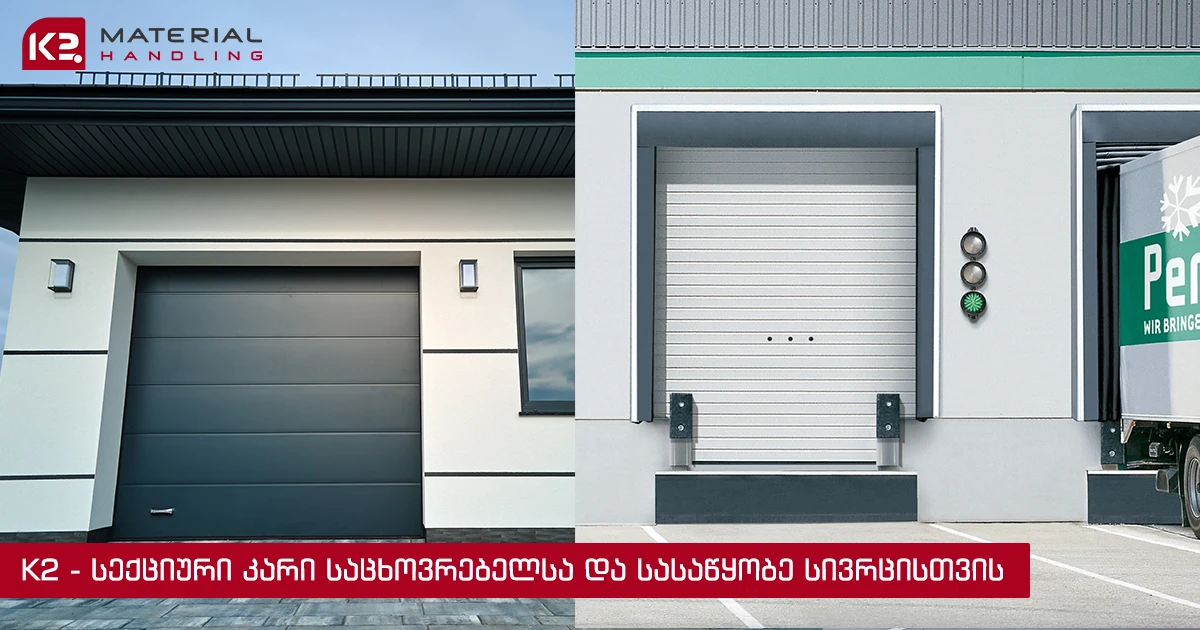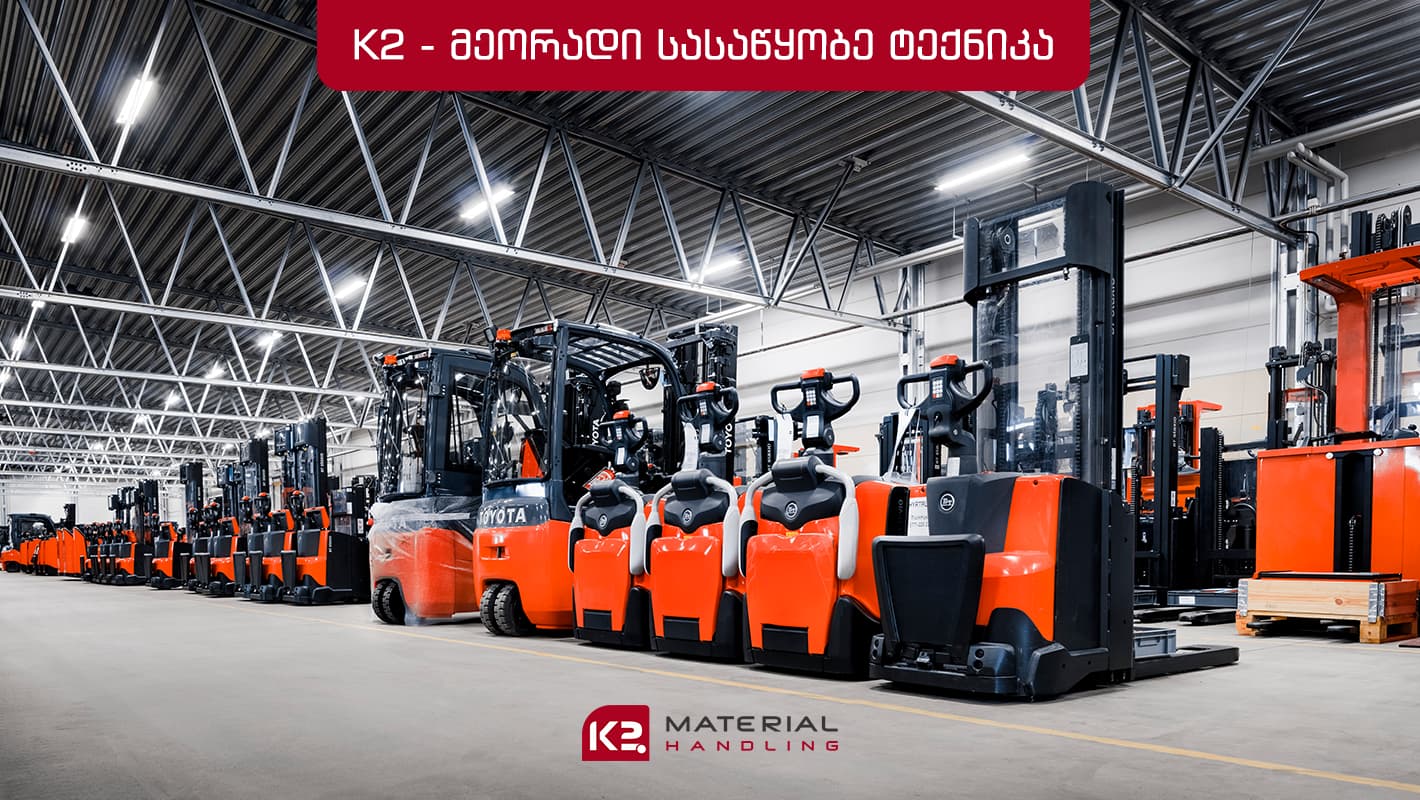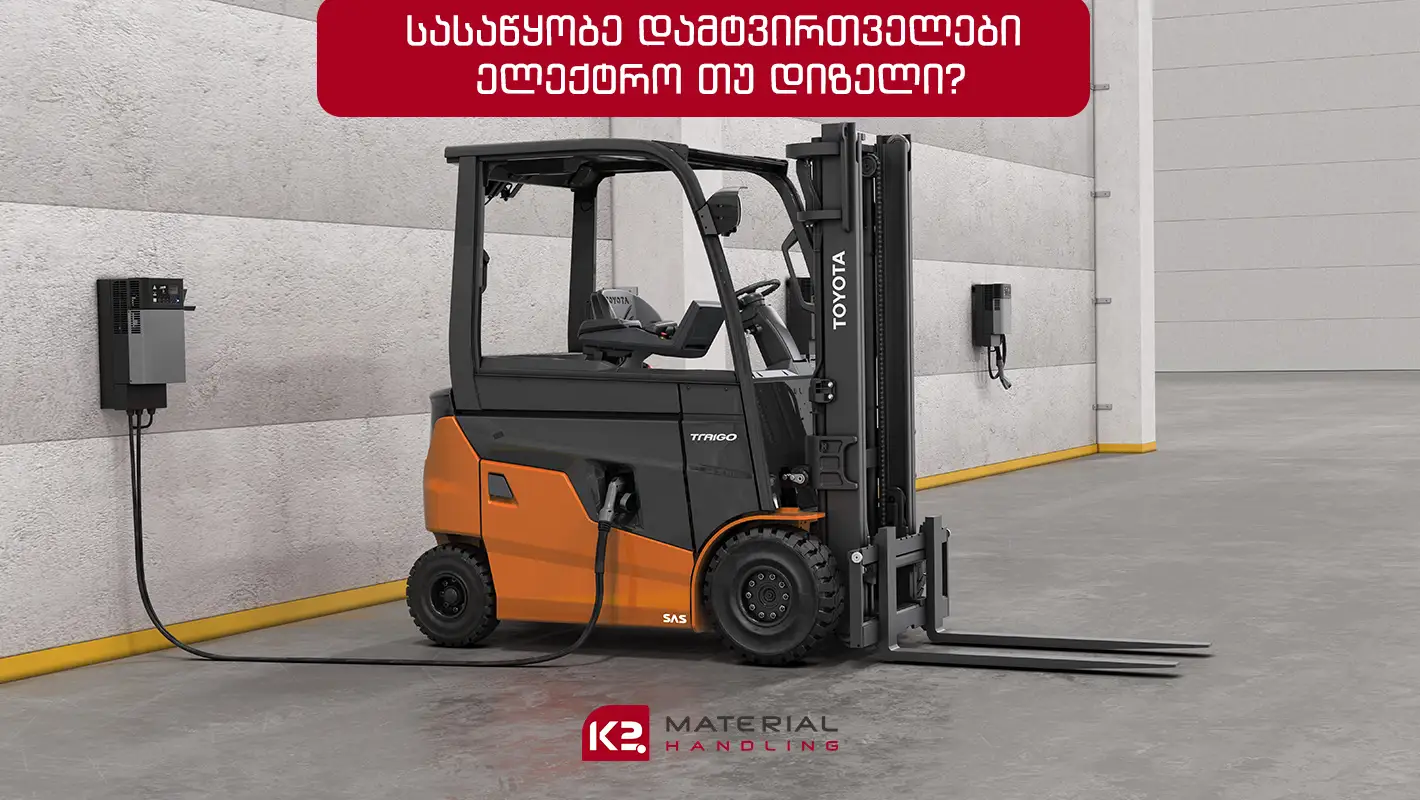
Logistics operations face challenges driven by the rapid growth of e-commerce and changing customer expectations. In the past, companies expanded their warehouses horizontally to accommodate inventory. However, rising real estate costs and a scarcity of available space have made this approach less effective. This is why the idea of vertically optimizing warehouse space has emerged.
In this blog post, we will take a detailed look at how this approach is transforming warehouse space, increasing efficiency, and helping logistics professionals remain competitive in an ever-changing environment.
What is a Vertical Warehouse?
Vertical warehouse planning is a modern storage strategy that allows businesses to utilize the height of their existing building instead of expanding their space horizontally.
This approach eliminates the need to invest in a new warehouse and solves the problem of a lack of free space. As a result, companies can fit significantly more products, goods, and raw materials into the same footprint they had before.
The system is based on multi-level pallet racks that allow for products to be stored vertically in tiers. Automated systems, such as vertical lifts, are used to move and retrieve products within this vertical structure. After an operator's command, this mechanism automatically finds the required item, even if it is on the highest shelf, and safely brings it down to the work zone.
The entire process is managed by a Warehouse Management System (WMS). This is a software that, like a brain, controls the entire warehouse. It records the exact location of each item in real-time, manages the automated equipment, and minimizes errors.
What are the Main Advantages of a Vertical Warehouse?
The first and most obvious benefit is the maximum utilization of warehouse space. Vertical systems allow companies to increase their product storage space by taking advantage of the height of their existing building. This helps them avoid the need to purchase additional land or build a new, larger facility.
The increase in productivity is also very important. Automated systems speed up order processing because less time is spent searching for products. Employees no longer perform tedious, repetitive tasks, which makes their work faster and more accurate.
This approach also makes inventory management much more accurate and secure. Integrated warehouse management systems control the location of each item in real-time and minimize errors and losses. Furthermore, closed and automated systems, along with access control, reliably protect inventory from damage.
In Which Sectors Are They Most Often Used?
The vertical storage method is successfully used in many fields, especially where companies face space constraints and are trying to manage inventory efficiently. However, there are sectors where its use is most effective:
-
Manufacturing: The production process requires storing a large quantity of raw materials and parts. A vertical system solves this problem by utilizing the building's height. A unified management system accurately controls the location of each item, which helps to speed up the work process and reduce errors.
-
Automotive Industry: This sector is characterized by a wide variety of parts. A vertical warehouse is the best way to store them in an organized manner and find them quickly. For example, rotating shelves for tires save floor space that can be used for a repair area. The quick supply of parts also leads to faster service.
-
Healthcare: For medical facilities, the organized and safe storage of medicines and other supplies is critically important. Vertical systems allow for precise inventory control. This guarantees that there will be no shortage of a necessary medication at a critical moment.
-
Aviation Industry: Here, the priority is the safe storage of extremely expensive and important parts. The closed systems of a vertical warehouse reliably protect inventory from damage and unauthorized access. The immediate retrieval of a necessary part allows for technical work to proceed without delays.
How to Implement This System Correctly to Maintain Efficiency?
Implementing a vertical storage system requires in-depth planning. To ensure the investment pays off and the work in the warehouse truly improves, several key steps must be taken.
First, you must accurately assess what you plan to store. The size, weight, and frequency of use of the products should be considered, as this data will directly guide you on what type of system you need. For example, if the warehouse needs to store many different small items and provide quick access to them, then you should choose a vertical lift that will bring a specific shelf to the operator in the shortest amount of time. However, if you store the same type of product in the warehouse, then a pallet racking system will be very effective.
After determining the desired system, it is no less important to evaluate the warehouse space and structure itself. It is essential to not only measure the floor area and ceiling height but also to consider the building's structural features. Vertical systems create a significant load on the floor. Therefore, as we advised in the previous section, before installing tall and heavy racks, have an engineer evaluate the space.
However, in addition to technical readiness, proper training for employees is crucial for successful implementation. This is one of the main challenges because the success of any technological system, even the most modern one, ultimately depends on the team's qualifications. Proper training is necessary to learn how to manage the system efficiently, perform maintenance, and work effectively with the equipment.
Finally, it's important to note that the process does not end with system implementation. Continuous monitoring is essential to evaluate its operational efficiency and make adjustments as needed. For example, a few months after implementation, you might discover that the most in-demand products are located in a hard-to-reach part of the system. In such cases, based on data analysis, you can reprogram the system and move these products to the most easily accessible pallets.
What Does K2 Offer for Warehouse Space Optimization?
At K2, we see warehouse optimization as a complex task that goes beyond simply supplying pallet racks. Instead, we offer the creation of a comprehensive system tailored to your needs.
Each project begins with a deep analysis of the client's needs and the specifics of their warehouse. Our team assesses the current situation to develop an individual, optimal plan that includes the integration of pallet racks or other necessary equipment, such as dock levelers, scissor lifts, or sectional doors.
Regarding vertical warehouse optimization specifically, we are the representatives of the Italian brand ROSSS in Georgia and offer premium quality pallet racks. These racks are known for their durability, meet safety standards, and come with a 35-year warranty.
For us, the successful completion of a project is the beginning of a long-term partnership. After professional installation, the K2 team remains a constant supporter of your business's growth and development. We conduct periodic warehouse inspections to check safety standards and offer prompt technical service for any needs that may arise.




